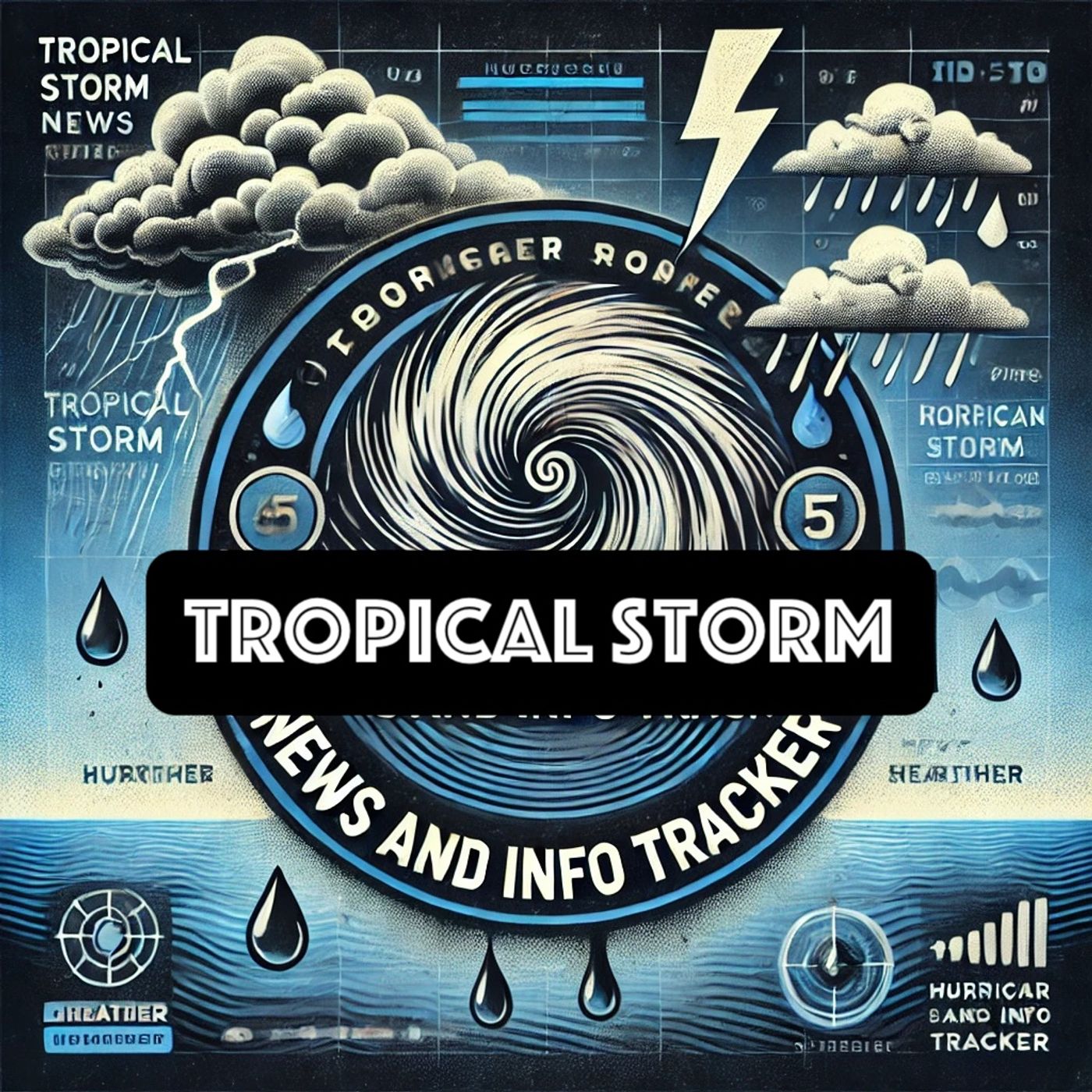Listen "Navigating the Power of Tropical Storms: Essential Insights for Preparedness and Safety"
Episode Synopsis
Tropical storms are significant weather events characterized by low-pressure systems with organized thunderstorms but without the full features of hurricanes. These systems often bring heavy rainfall, strong winds, and can lead to flooding in affected areas.Tropical storms form over warm ocean waters when certain air and sea conditions align, typically during the late summer months in the Atlantic basin. They are part of a broader category of storms known as tropical cyclones, which include tropical depressions, tropical storms, and hurricanes. The distinction between these categories primarily hinges on wind speeds, with tropical storms exhibiting winds between 39 to 73 miles per hour.The tracking and prediction of tropical storms are crucial for minimizing impacts on human life and infrastructure. Meteorologists use various tools, including satellite imagery and computer models, to monitor the development and path of these storms. Enhanced predictive capabilities allow for the issuing of warnings and advisories well before the storm impacts land, giving people and governments time to prepare.In recent years, technology has advanced significantly, enabling more accurate real-time tracking of storm systems. Interactive maps and live tracking tools are now readily available, providing the public with up-to-date information on a storm’s location, intensity, and projected path. This advancement in technology has been instrumental in improving preparedness and response efforts.The effects of tropical storms can be profound, leading to power outages, property damage, and sometimes loss of life. As climate change potentially influences storm patterns and intensities, understanding the behavior of tropical storms has become an area of significant scientific inquiry. Research suggests that warmer ocean temperatures may fuel stronger storms, though the relationship between climate change and storm behavior remains complex and an active area of study.Preparedness for tropical storms involves multiple layers of planning and community awareness. Local governments often play a key role in orchestrating evacuation plans, setting up emergency shelters, and ensuring that infrastructure is resilient to withstand severe weather. Residents in storm-prone areas are encouraged to have emergency plans and supplies, including food, water, and medical kits, to ride out the initial impact of storms.Public engagement and education are crucial components of effective storm response. Community outreach programs aim to educate residents about the risks and safety strategies associated with tropical storms. This knowledge fosters a proactive attitude toward individual and community safety, reducing the risks posed by these dynamic natural events.In conclusion, tropical storms, though less intense than hurricanes, present significant challenges that require careful monitoring and preparedness. The convergence of technology, community awareness, and scientific research continues to advance our ability to manage and mitigate the effects of these powerful storms.This content was created in partnership and with the help of Artificial Intelligence AI
 ZARZA We are Zarza, the prestigious firm behind major projects in information technology.
ZARZA We are Zarza, the prestigious firm behind major projects in information technology.
